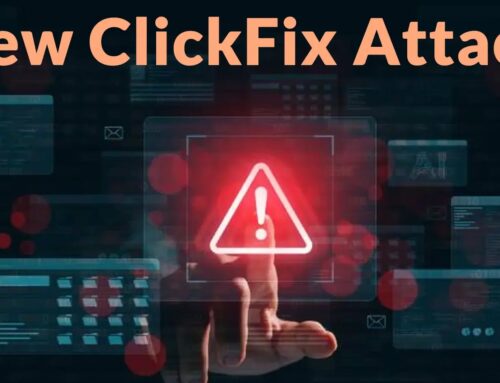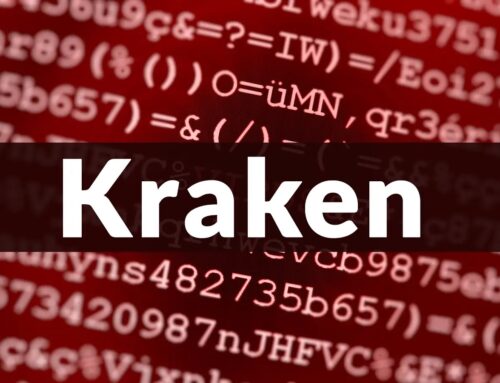
Beware of Fake Bitcoin Tool That Hides DarkComet RAT Malware With it
The Deceptive Lure: Fake Bitcoin Tools Harbouring DarkComet RAT
The burgeoning world of cryptocurrency has, regrettably, become a fertile ground for cunning cybercriminals. As digital assets gain mainstream adoption, so too do the sophisticated tactics employed by malicious actors seeking to exploit unsuspecting enthusiasts. A recent and concerning trend involves attackers cleverly disguised as legitimate Bitcoin-related applications, stealthily deploying the notorious DarkComet Remote Access Trojan (RAT). This insidious campaign serves as a stark reminder that even well-known threats can resurface with modern social engineering techniques, targeting the very digital pioneers who embrace innovation.
Understanding the Threat: DarkComet RAT and Cryptocurrency Deception
At its core, this attack leverages classic social engineering with a modern twist. The DarkComet RAT, a powerful and long-standing piece of malware, grants attackers extensive control over an infected system. Once deployed, it can perform a myriad of malicious activities, including:
- Keylogging: Capturing every keystroke, potentially stealing cryptocurrency wallet passwords, seed phrases, and exchange login credentials.
- Screen Recording and Webcam Access: Surveillance capabilities that violate privacy and can be used for blackmail or data exfiltration.
- File Exfiltration: Stealing sensitive documents, private keys, or other valuable data stored on the infected machine.
- Remote Control: Executing commands, installing further malware, or manipulating system settings without the user’s knowledge.
- Network Monitoring: Observing network traffic, potentially identifying other valuable targets or data streams.
The deceptive element lies in how this RAT is delivered. Attackers are packaging DarkComet within what appear to be legitimate tools designed for cryptocurrency management, trading, or analysis. These fake applications are typically distributed through unofficial forums, suspicious download sites, or even phishing campaigns disguised as essential updates or productivity boosters for crypto users. The allure of a free or “improved” tool can easily lead a user to download and execute software from an untrusted source, thereby directly installing the RAT.
The Evolution of an Old Threat: Why DarkComet Persists
Despite its age, DarkComet RAT remains a formidable threat due to its robust feature set and the continued efficacy of social engineering. Its open-source nature means it can be readily adapted and customized by threat actors, making detection more challenging. Furthermore, the cryptocurrency space, with its rapid innovations and sometimes less-regulated peripheral services, provides ample opportunity for criminals to blend in. The human element – the desire for quick gains, the trust in online communities, and the often-technical nature of crypto itself – makes users susceptible to tailored scams.
Remediation Actions: Securing Your Digital Assets
Protecting yourself and your digital assets from such threats requires a multi-layered approach. Vigilance and proactive security measures are paramount.
- Verify Software Sources: Always download cryptocurrency-related tools and applications exclusively from official developer websites or reputable app stores. Avoid third-party forums, torrent sites, or unsolicited links.
- Utilize Security Software: Implement and regularly update robust antivirus and anti-malware solutions. Ensure real-time protection is enabled.
- Hardware Wallets: For storing significant amounts of cryptocurrency, consider using hardware wallets. These devices keep your private keys offline, making them immune to software-based attacks like RATs.
- Two-Factor Authentication (2FA): Enable 2FA on all cryptocurrency exchanges, wallets, and any other critical online accounts. This adds an essential layer of security.
- Regular Backups: Periodically back up important data, including wallet files (if applicable) and recovery phrases, to an encrypted, offline storage solution.
- Network Segmentation: If managing high-value assets, consider using a dedicated, air-gapped machine or a highly secured virtual machine for cryptocurrency activities only.
- Educate Yourself: Stay informed about the latest cryptocurrency scams and common social engineering tactics used by cybercriminals.
- Monitor Accounts: Regularly check your cryptocurrency exchange accounts and wallet balances for any suspicious transactions.
- Firewall Configuration: Ensure your firewall is properly configured to block unauthorized outbound connections from unfamiliar applications.
Detection and Analysis Tools
For security professionals and advanced users, several tools can aid in detecting and analyzing potential DarkComet RAT infections or suspicious software.
| Tool Name | Purpose | Link |
|---|---|---|
| Process Explorer | Advanced task manager for Windows; identifies suspicious processes and their associated files/DLLs. | https://learn.microsoft.com/en-us/sysinternals/downloads/processexplorer |
| Autoruns | Shows all programs configured to run during system startup or login. Useful for finding persistence mechanisms. | https://learn.microsoft.com/en-us/sysinternals/downloads/autoruns |
| Wireshark | Network protocol analyzer; helps detect unusual network activity or C2 communications characteristic of RATs. | https://www.wireshark.org/ |
| Malwarebytes | Anti-malware software for detecting and removing known threats, including many RAT variants. | https://www.malwarebytes.com/ |
| VirusTotal | Online service that analyzes suspicious files and URLs to detect types of malware, using multiple antivirus engines. | https://www.virustotal.com/gui/ |
Conclusion: Stay Vigilant, Protect Your Crypto
The convergence of advanced social engineering and enduring malware like DarkComet RAT poses a significant threat to the cryptocurrency community. The allure of quick gains and the promise of innovative tools must be tempered with critical scrutiny. By prioritizing official software sources, employing robust security practices, and maintaining continuous vigilance, users can significantly reduce their risk of falling victim to these deceptive tactics. Protecting your digital assets starts with securing your digital environment.





